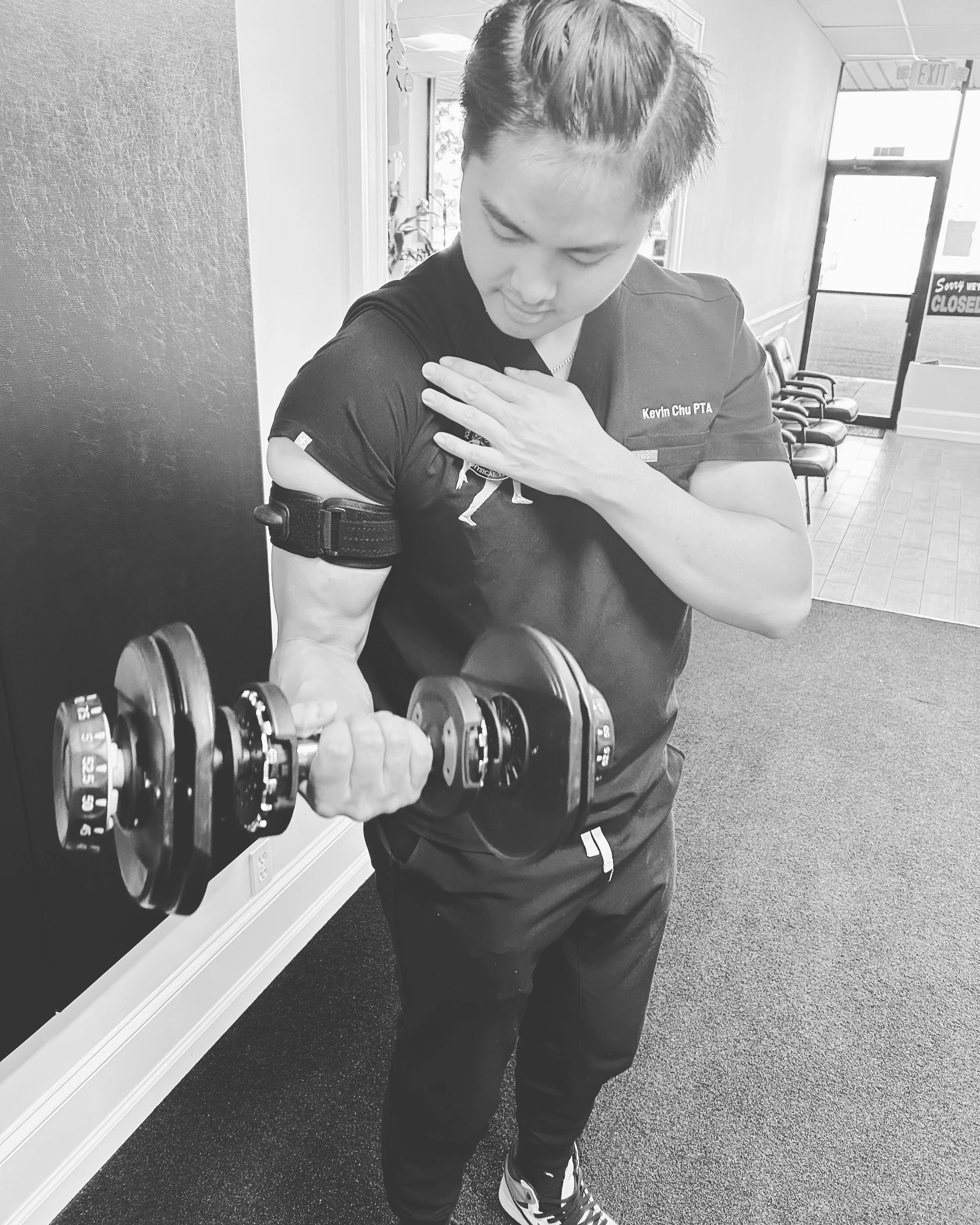"Unlocking Healing Potential: The Marvels of Blood Flow Restriction (BFR) Training in Physical Therapy"
Introduction:
In the dynamic world of physical therapy, innovative approaches continually emerge to enhance recovery and rehabilitation. One such groundbreaking method gaining traction is Blood Flow Restriction (BFR) training. This technique, initially developed for athletes, is now proving to be a game-changer in the realm of physical therapy.
1. Accelerated Rehabilitation:
BFR training involves using specialized cuffs to temporarily restrict blood flow to specific muscles during low-intensity exercises. This restriction creates an oxygen-deprived environment, triggering a cascade of physiological responses that accelerate muscle growth and recovery. For physical therapy patients, this means faster rehabilitation and shorter recovery times.
2. Targeted Muscle Activation:
Traditional rehab exercises often struggle to isolate specific muscle groups without causing strain or discomfort. BFR training, however, allows therapists to target and activate muscles with precision, maximizing the effectiveness of each session. This targeted approach ensures that patients can rebuild strength in a controlled and efficient manner.
3. Reduced Strain, Enhanced Comfort:
Patients undergoing physical therapy often face challenges when trying to rebuild strength after an injury or surgery. BFR training offers a unique advantage by enabling individuals to achieve significant muscle activation with lighter loads. This reduces strain on joints and tissues, making the rehabilitation process more comfortable and sustainable.
4. Increased Hormonal Response:
BFR training stimulates the release of growth hormone and other anabolic factors, promoting tissue repair and regeneration. This hormonal response plays a crucial role in enhancing the overall effectiveness of physical therapy, as it aids in rebuilding damaged tissues and fostering a more robust recovery.
5. Versatility in Application:
One of the remarkable aspects of BFR training is its adaptability to various stages of rehabilitation. Whether a patient is in the early stages of recovery or further along in the process, BFR can be customized to suit individual needs. This versatility makes it a valuable tool for physical therapists addressing a wide range of conditions and injuries.
Conclusion:
As the realm of physical therapy continues to evolve, it is essential to embrace innovative techniques that can expedite recovery and improve patient outcomes. Blood Flow Restriction training emerges as a powerful ally in this journey, offering accelerated rehabilitation, targeted muscle activation, reduced strain, increased hormonal response, and versatile application. By incorporating BFR training into the repertoire of physical therapy practices, therapists can unlock new possibilities for their patients and redefine the standards of rehabilitation.

